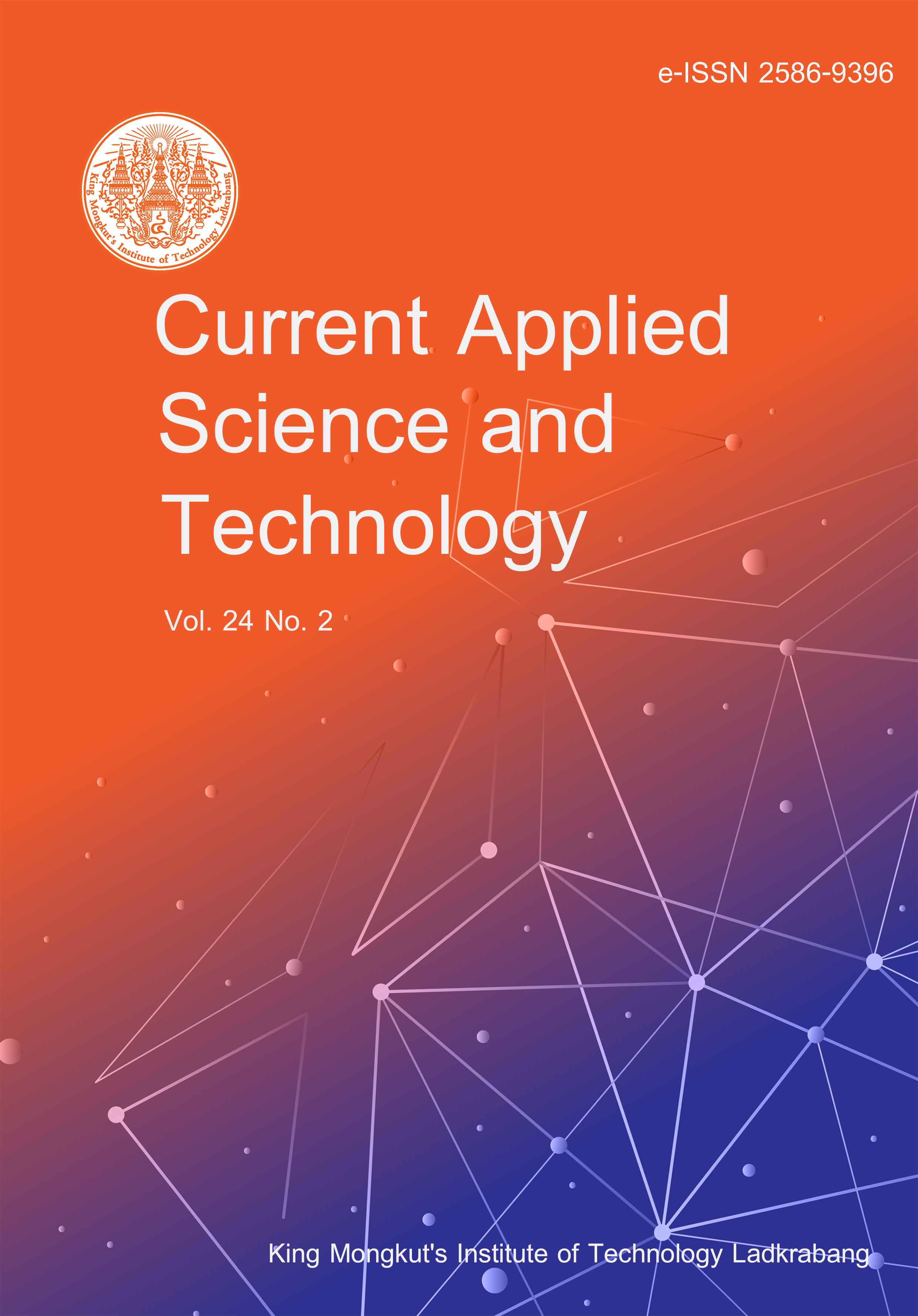The prevalence of polyethylene terephthalate (PET) in beverage packaging has increased microplastic (MP) accumulation in the environment. MP can become a component of air pollution, especifically of particulate matter with a diameter of less than 2.5 microns (PM2.5). Unfortunately, Thailand has a low recycling rate for plastic bottles, with only 4.5% being recycled. Reverse Vending Machines (RVMs) were introduced in the early 2010s as a potential solution to this problem. RVMs incentivize recycling by providing rewards or refunds for each bottle deposited, thereby reducing the amount of PET waste and MP in the environment. This study analyzed usage and waste collection data from RVMs located at 15 locations of a hypermarket chain in Thailand from June 2020 to December 2022. The results showed that the average PET bottles collected from each machine was approximately 670 kg per year, which was lower than the break-even point of 3,200 kg per year. Economic feasibility indicators also suggested that the use of RVMs might not be economically sound. This study proposed suggestions to improve the business model of RVMs and offered policy recommendations to the government on how to enhance the effectiveness of RVMs.
Jungthawan, S. ., Tiyarattanachai, R. undefined. ., & Anantavrasilp, I. undefined. . (2023). Feasibility of Reverse Vending Machine for PET Bottle Recycling in Case of ABC Hypermarket. CURRENT APPLIED SCIENCE AND TECHNOLOGY, e0258442. https://doi.org/10.55003/cast.2023.258442


https://cast.kmitl.ac.th/doi/10.55003/cast.2023.258442